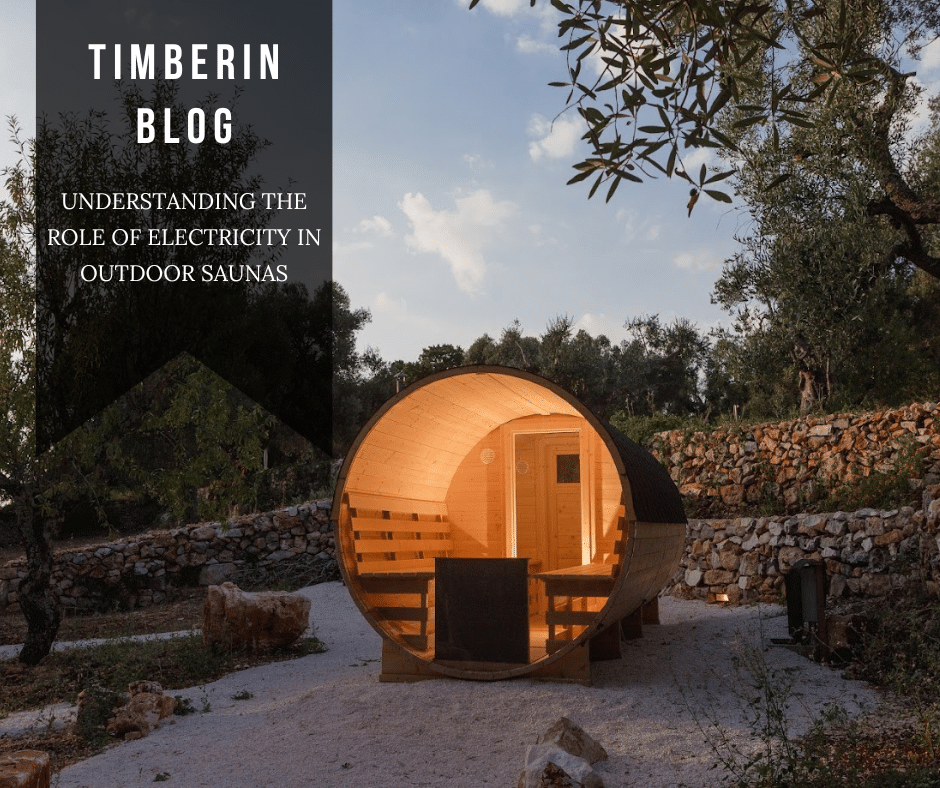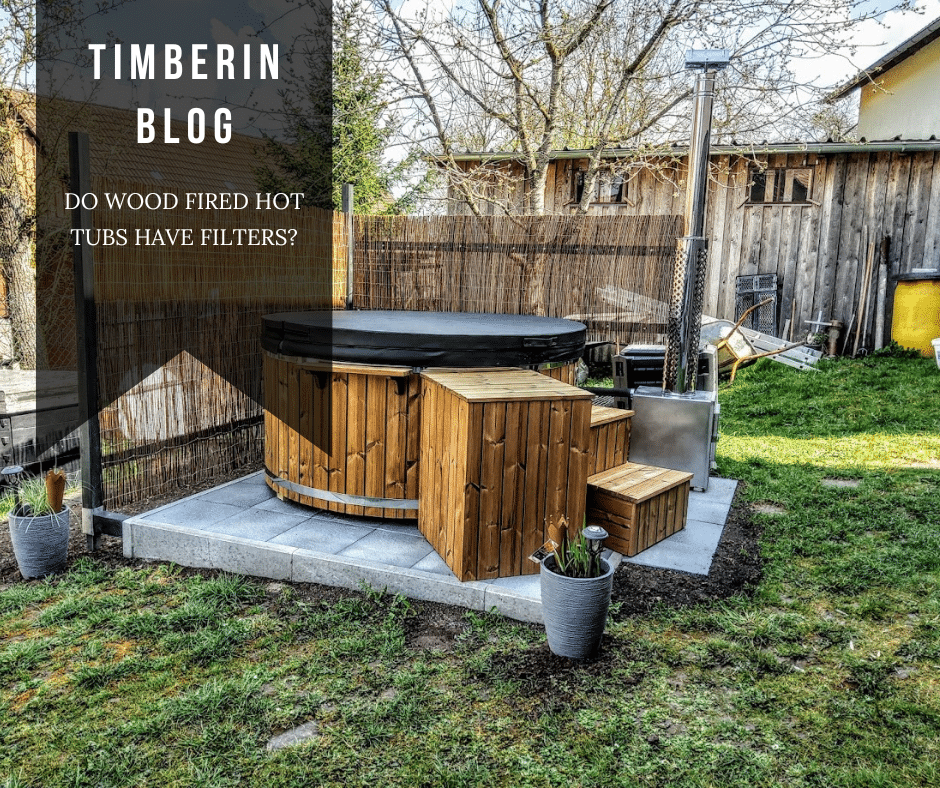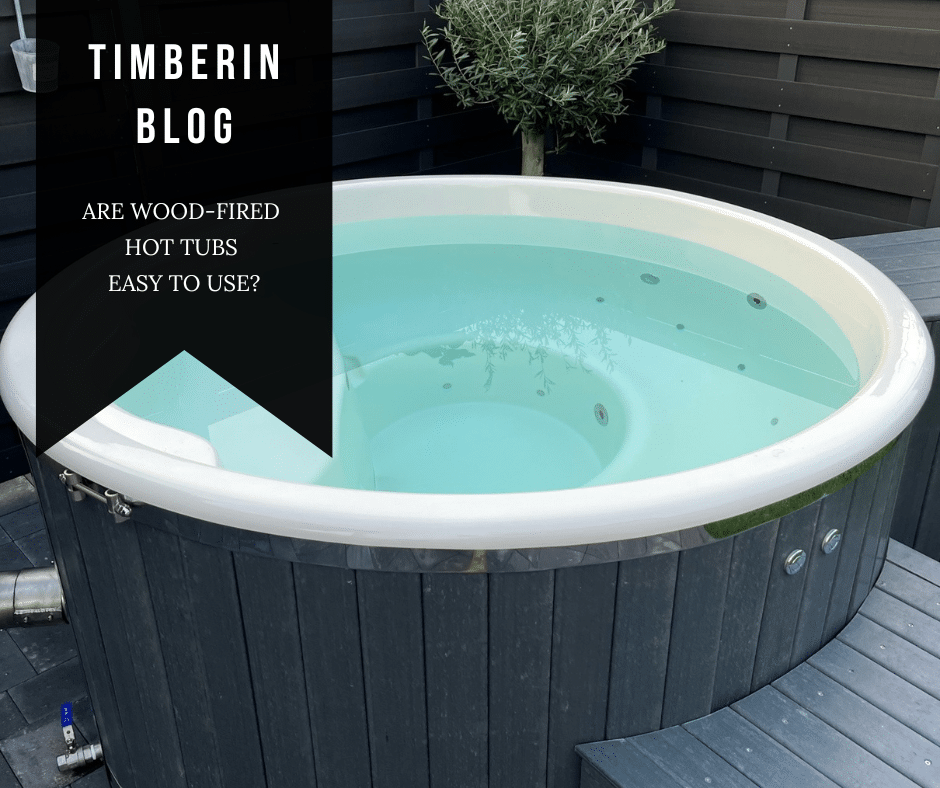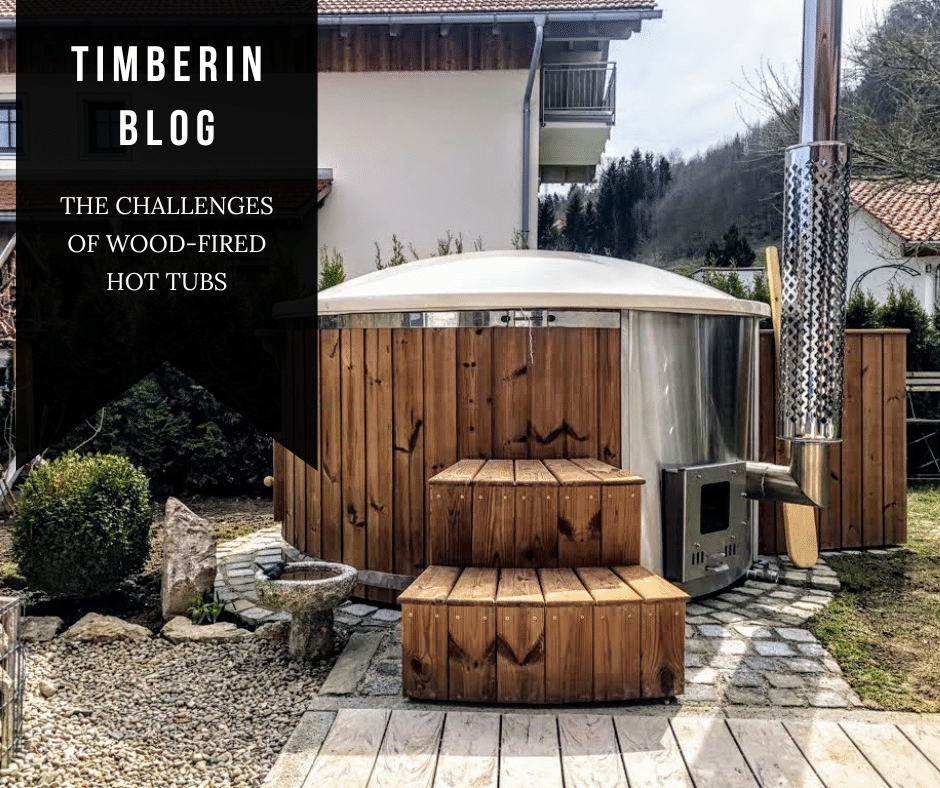Outdoor saunas have gained popularity as a unique and rejuvenating retreat, offering a tranquil space to relax amidst nature. A common query among potential sauna enthusiasts is whether outdoor saunas come equipped with insulation. Let’s delve into the significance of insulation in outdoor saunas and how it contributes to a comfortable and energy-efficient sauna experience.
1. Why Insulation Matters:
The primary purpose of insulation in outdoor saunas is to conserve heat. Insulation acts as a barrier, preventing the escape of heat from the sauna’s interior. This is crucial for maintaining a consistent and comfortable temperature inside the sauna, irrespective of external weather conditions.
2. Insulated Walls:
Outdoor saunas are typically constructed with insulated walls. Common insulation materials include fiberglass, mineral wool, or foam boards. These materials are chosen for their ability to withstand the high temperatures and humidity levels present in saunas.
3. Ceiling Insulation:
Insulation extends to the ceiling of the sauna as well. This helps minimize heat loss through the roof, ensuring that the sauna heats up efficiently and retains warmth throughout use.
4. Floor Insulation:
The floor of the outdoor sauna is also insulated to prevent heat loss. A well-insulated floor contributes to the overall thermal efficiency of the sauna, maintaining a consistent temperature from top to bottom.
5. Door Insulation:
The sauna door, often a potential weak point for heat loss, is designed with insulation in mind. Insulated doors, commonly made of thick wood with additional insulation layers, play a crucial role in retaining heat and optimizing energy efficiency.
6. Ventilation Considerations:
While insulation is vital, a balance must be struck with proper ventilation. Saunas require effective air exchange to prevent excessive humidity and maintain air quality. Some saunas incorporate insulated vents to ensure a harmonious blend of insulation and ventilation.
7. Quality of Insulation:
The effectiveness of the insulation depends on the quality of materials and installation. High-quality insulation materials, coupled with precise installation, contribute to faster heating times and reduced energy consumption.
8. Climate Adaptability:
The choice of insulation may be tailored based on the local climate where the outdoor sauna is situated. Regions with colder temperatures may necessitate more robust insulation to withstand harsh weather conditions.
In Conclusion
In essence, outdoor saunas are indeed equipped with insulation to enhance their efficiency. This insulation is pivotal in creating a cozy and energy-efficient environment, allowing sauna enthusiasts to enjoy the therapeutic benefits of sauna sessions amidst the natural beauty of their surroundings.
When considering or constructing an outdoor sauna, it’s essential to inquire about the specific insulation features and ensure they align with the climate requirements of the location. A well-insulated outdoor sauna promises a delightful and sustainable sanctuary for relaxation and well-being.











Leave A Comment